Last year over 700 boat owners who have non-trailered boats moored in marinas around Aotearoa…
From teachers to students: weaving biosecurity knowledge into the future
A critical step of the DETECT component is to develop and test user-friendly, portable and field-deployable molecular analytical toolkits for Citizen Science applications in New Zealand and beyond. Our ultimate goal is to provide all New Zealanders, a team of 5 million, with the ability to actively engage in marine biosecurity surveillance and to help us better protect our coastal environments. To start this mission, Dr Xavier Pochon and Dr Anastasija Zaiko organised a series of workshops and hands-on activities with partner science teachers from Nelson College and Nelson College for Girls. The aim of these sessions is to introduce the teachers to key concepts in marine ecology and biosecurity, molecular methods and useful resources for incorporation into the schools’ curriculum and for future citizen scientists engaged in molecular biosecurity surveillance.
During the first hands-on session in March 2020, under the guidance of Richard de Hamel (University of Otago) the teachers operated an underwater drone with VR functionality for live biofouling observation in the Nelson marina. A few settlement plates with different age of biofouling were retrieved and explored in situ and at the Cawthron taxonomy lab. In the lab, Cawthron’s taxonomy specialists familiarised the teachers with the key taxonomic groups and life forms commonly present in marine biofouling. Methods of quantifying biofouling and non-indigenous species from photo-images were also demonstrated.
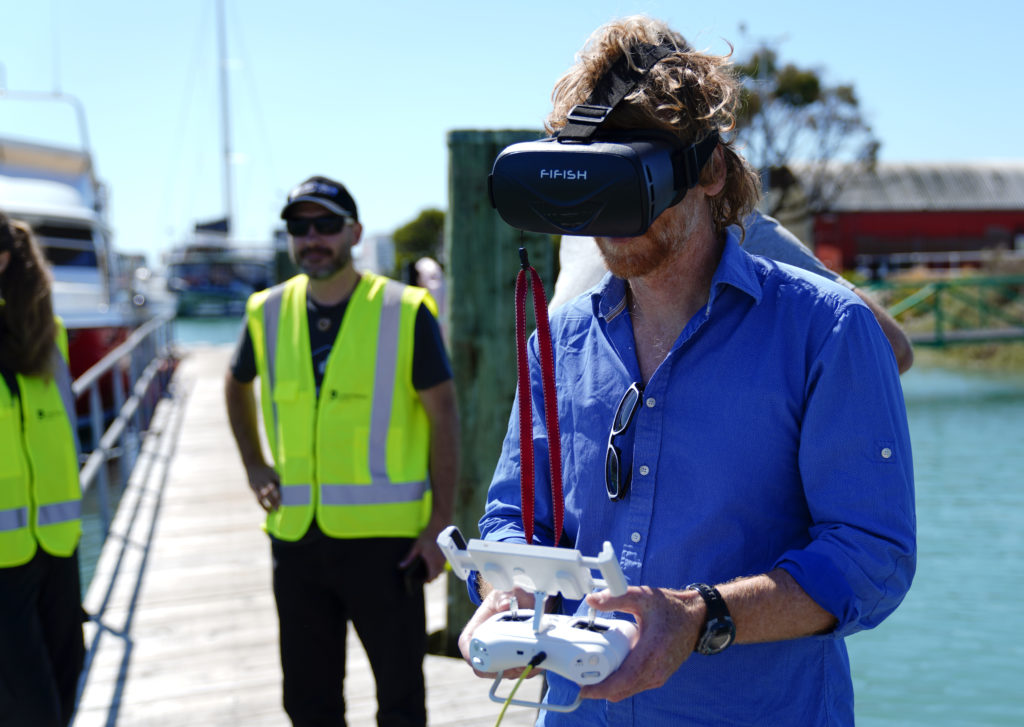
Johnnie Fraser (Nelson College) on a “virtual dive” with the Port Nelson sponsored Fifish V6 underwater drone.
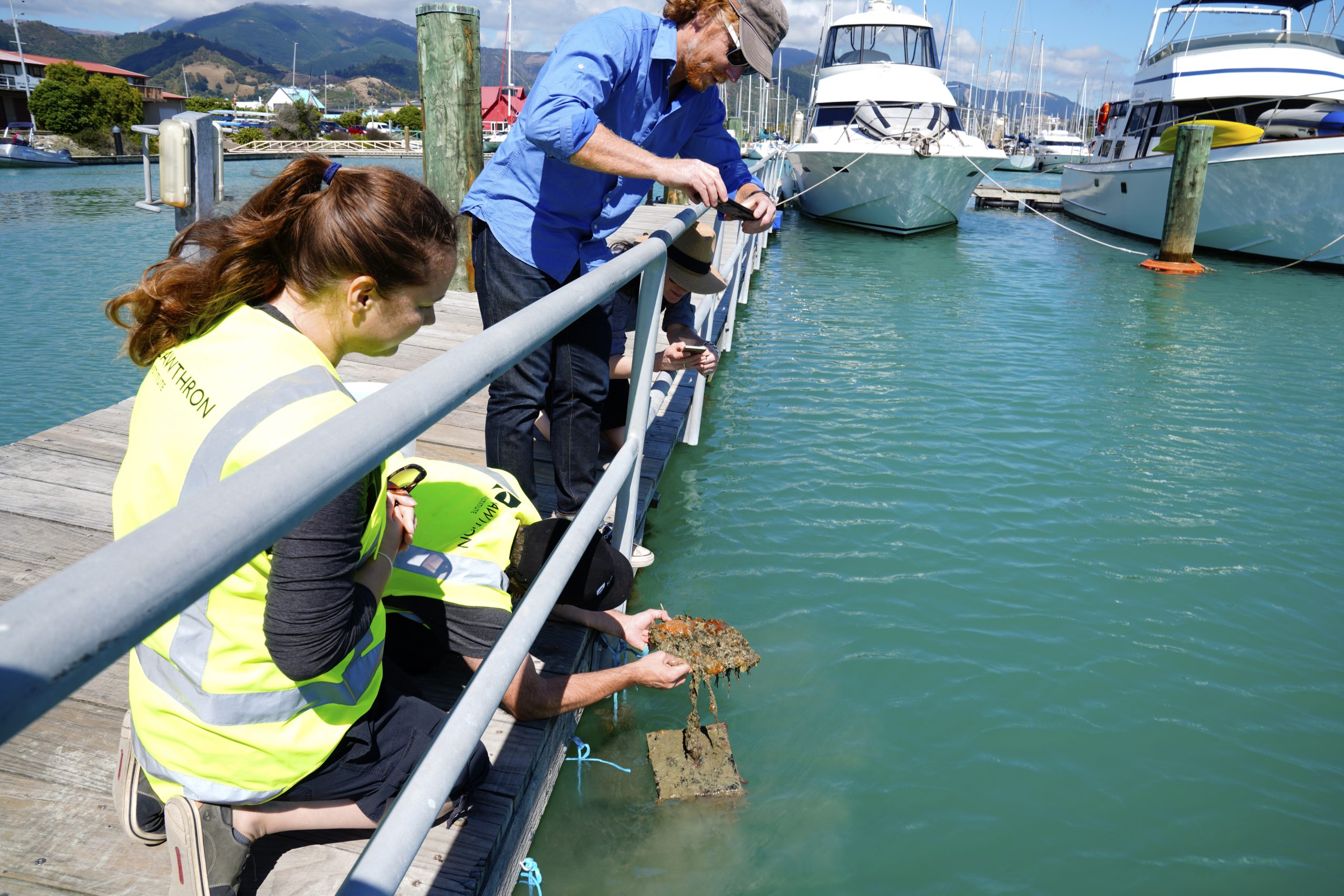
In situ observation of live biofouling communities on the settlement plates in Nelson marina…
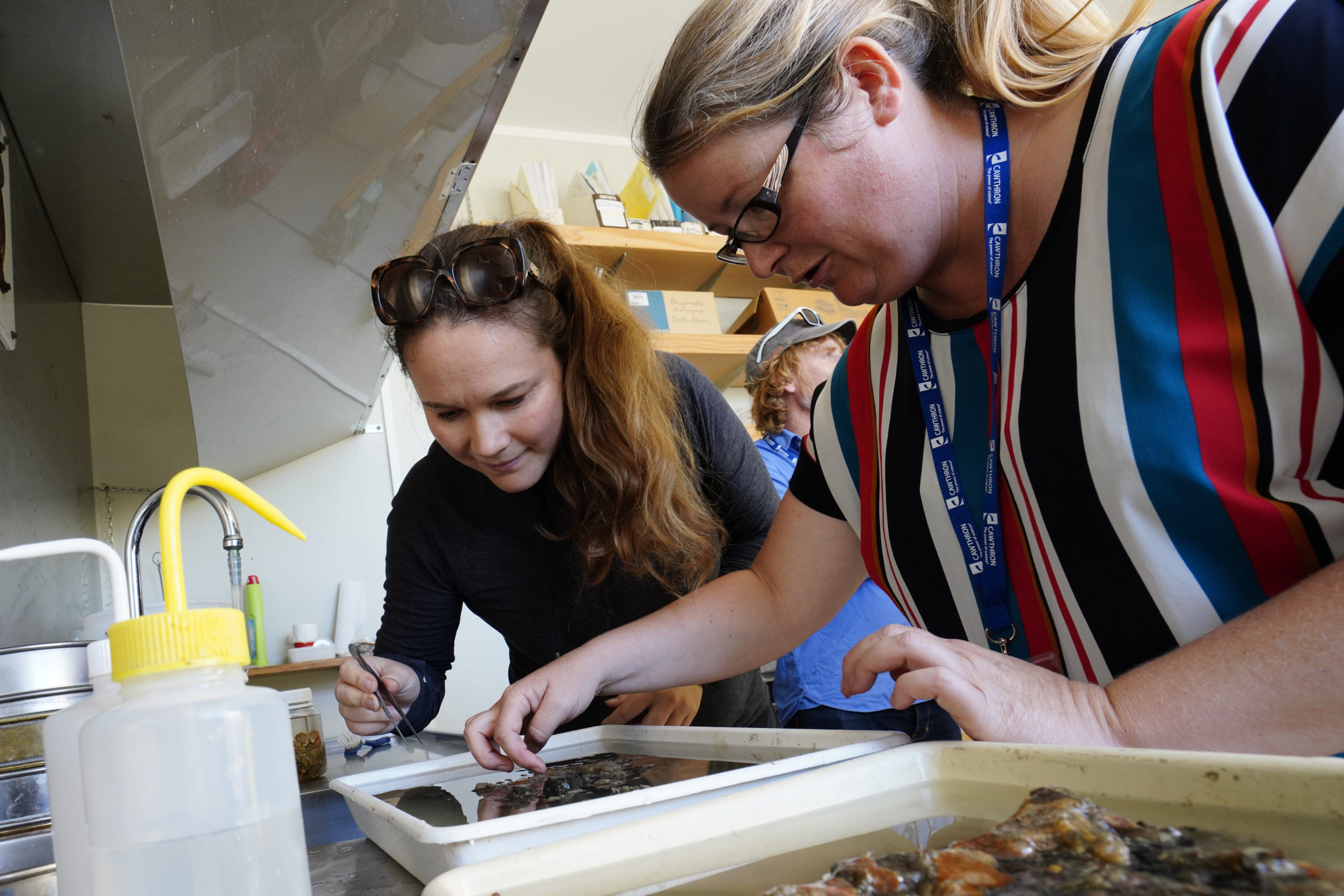
…and close-up exploration of biofouling invertebrates at the Cawthron taxonomy lab (with Llara MacGilloway, Nelson College for Girls)
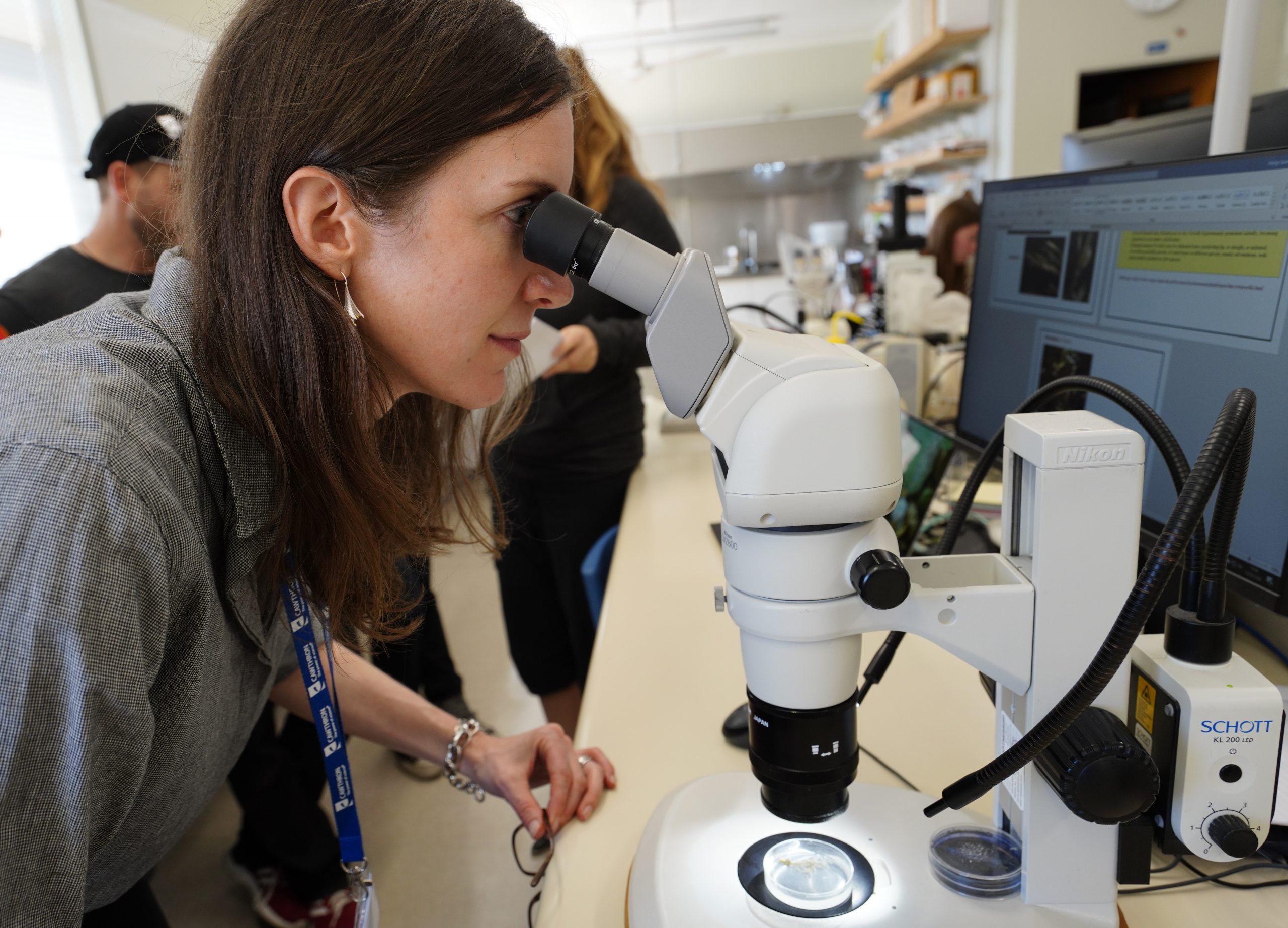
Natalie Tregidga (Nelson College for Girls) observes non-indigenous bryozoans under a microscope.
During the second session (July 2020), Cawthron scientist Dr John Pearman showed the teachers how to extract DNA from bananas using salt, liquid soap and some ethanol (no nasty chemicals involved!) and how critical the sampling effort is in detecting rare pests. The teachers also used their detective skills, identifying species from their DNA profiles and run a PCR assay for detecting the Mediterranean fanworm from environmental DNA samples with different concentration of the target DNA using a portable qPCR instrument (demonstrated by Dr Holly Bowers). Finally, they established species identity from DNA sequences (the combinations of A,T,C and G nucleotides), by aligning them to reference database records, and explored their phylogenetic profiles.
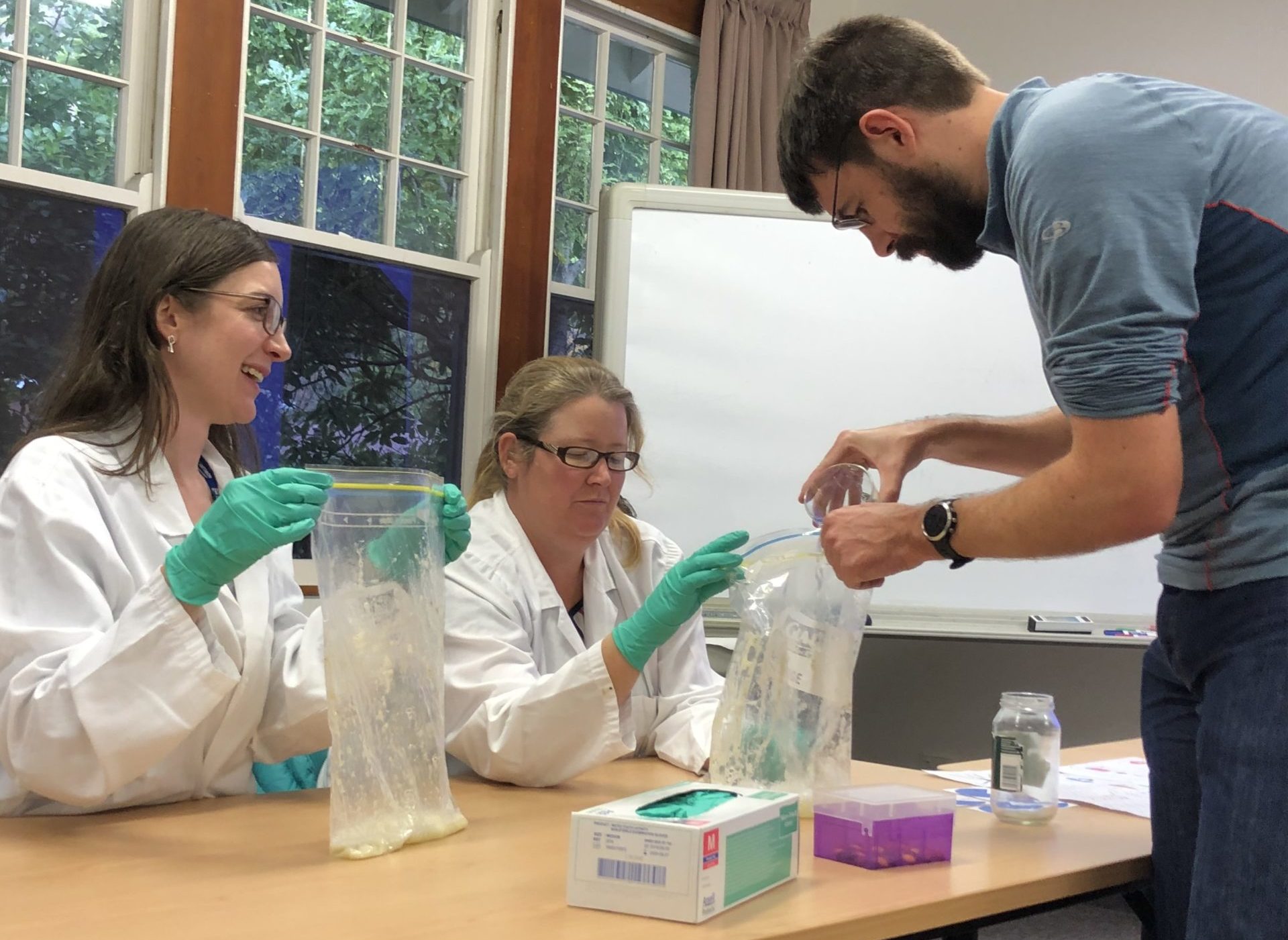
“Low-tech” banana DNA extraction (Natalie Tregidga, Llara MacGilloway and John Pearman).
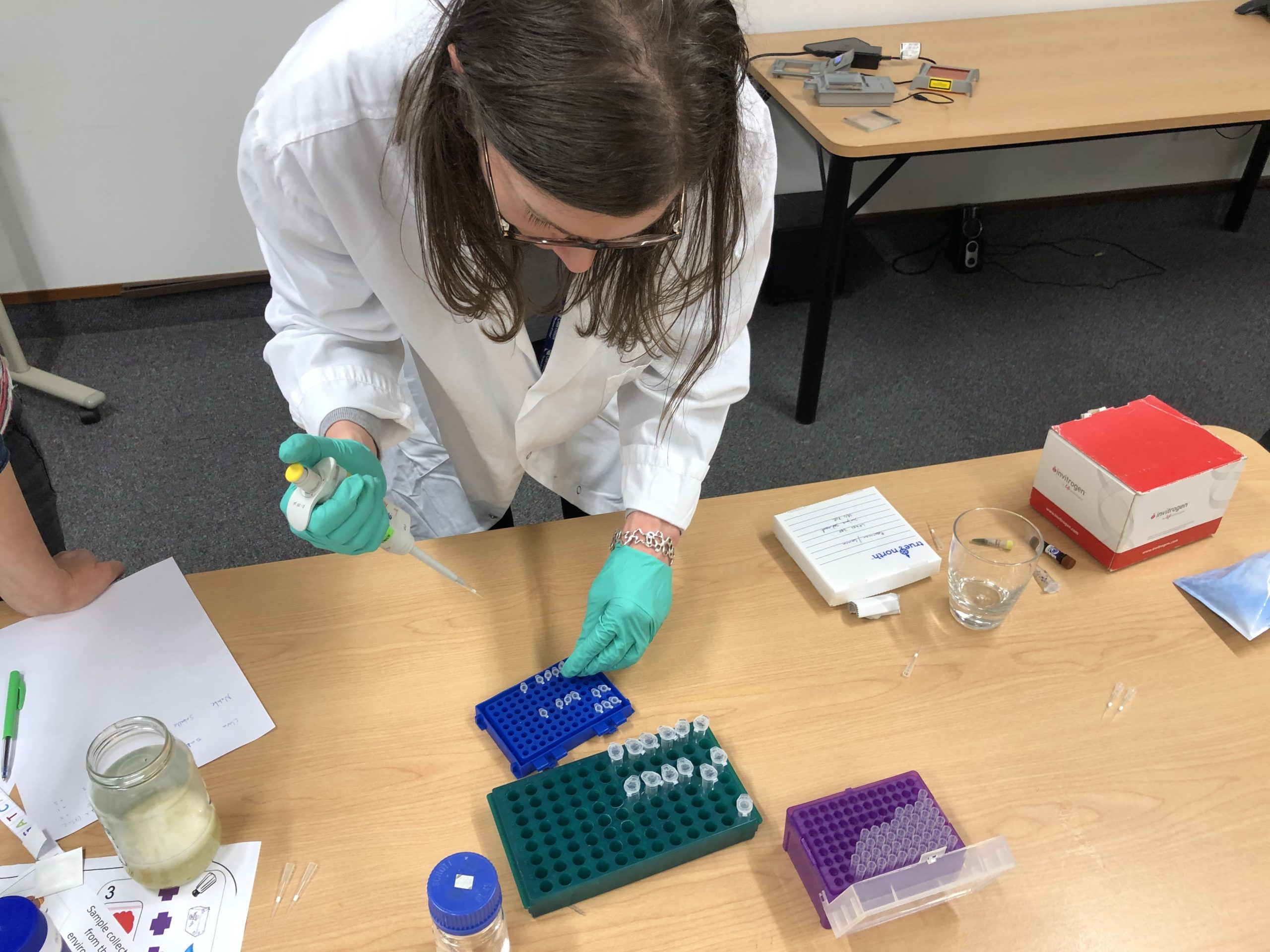
Setting up a qPCR run for the Mediterranean fanworm detection.
Seeing the excitement and enthusiasm of the teachers, we envisaged that some of these activities could readily be integrated in the classrooms and weaved into the curriculum over the long-term, so that students can (i) gradually build-up their knowledge and interest on marine biosecurity issues and learn about the power of science and the use of field-deployable molecular tools to effectively tackle environmentally-relevant challenges, and (ii) integrate this new knowledge within the central idea of Kaitiakitanga (guardianship of ocean, kids = Moana kaitiaki).
We envision three main components in delivering skillset for future marine biosecurity citizen scientists: the Morpho-Lab, the Molecular Lab, and the Desktop Lab. Each will contain a number of observations and activities, leading to tangible outputs in arts, digital technologies, writing, but also in the use of molecular diagnostics tools and molecular data analytical softwares. Our ambition is to inspire students and offer them a platform where they can naturally engage, learn, and communicate important issues that are directly relevant for preserving our coastal ecosystems for future generations of New Zealanders.
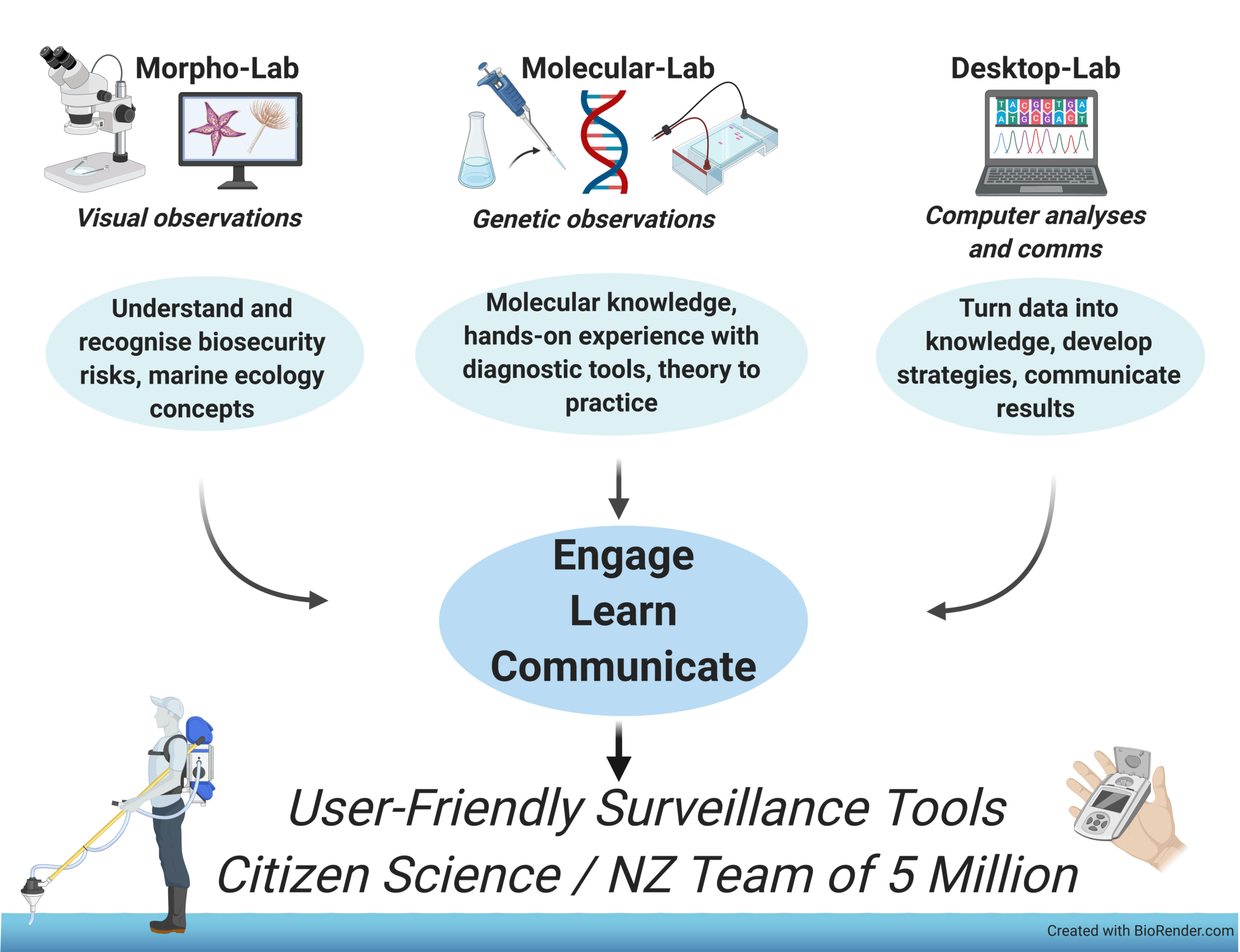

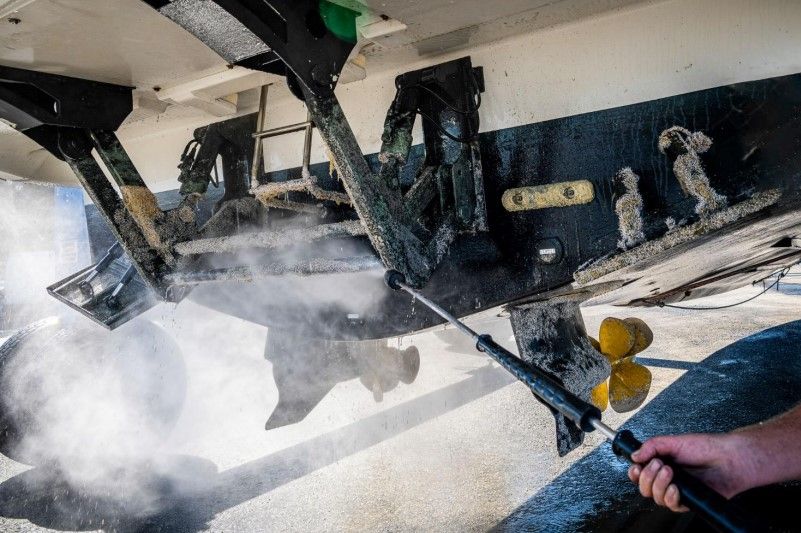
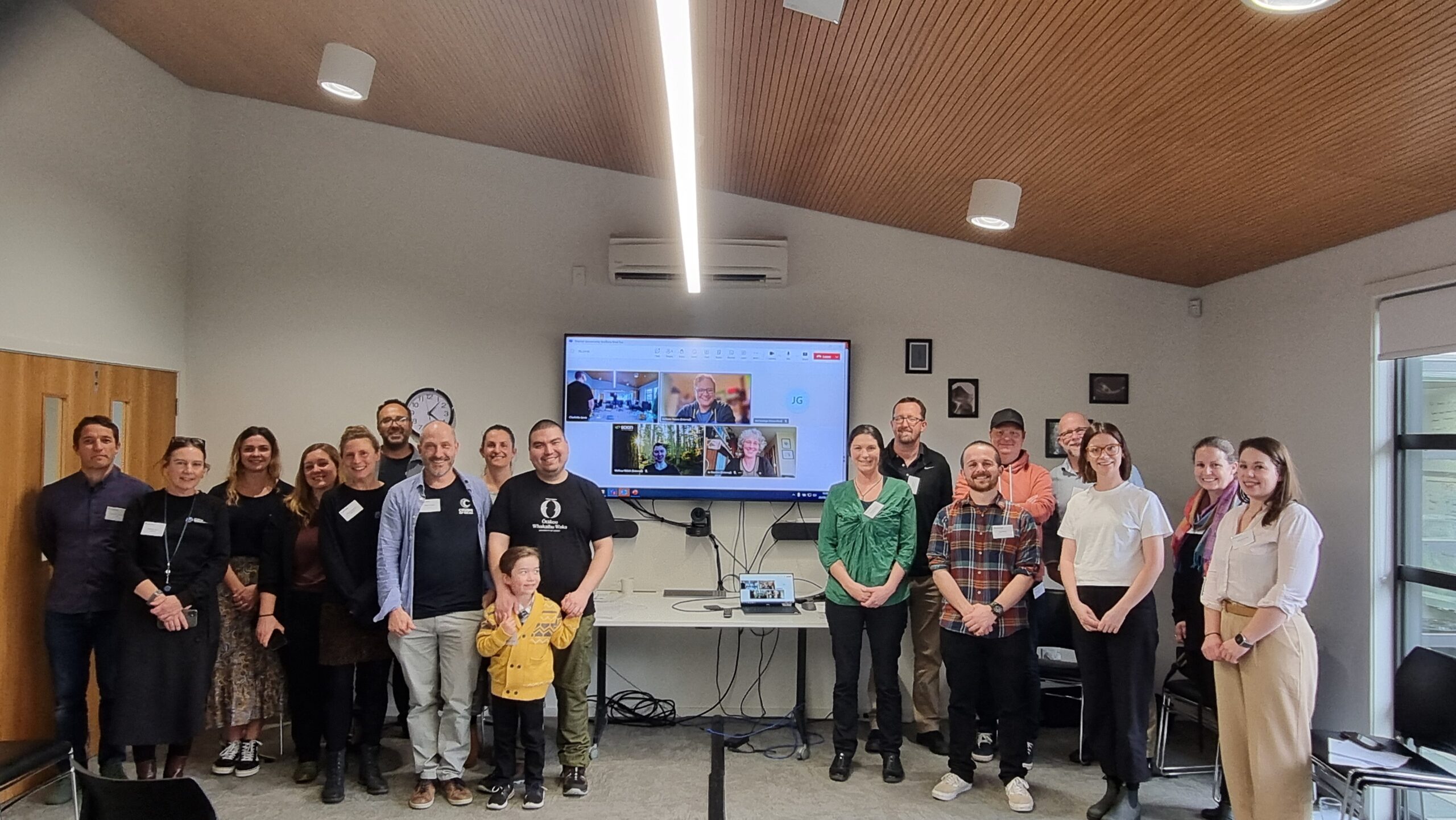
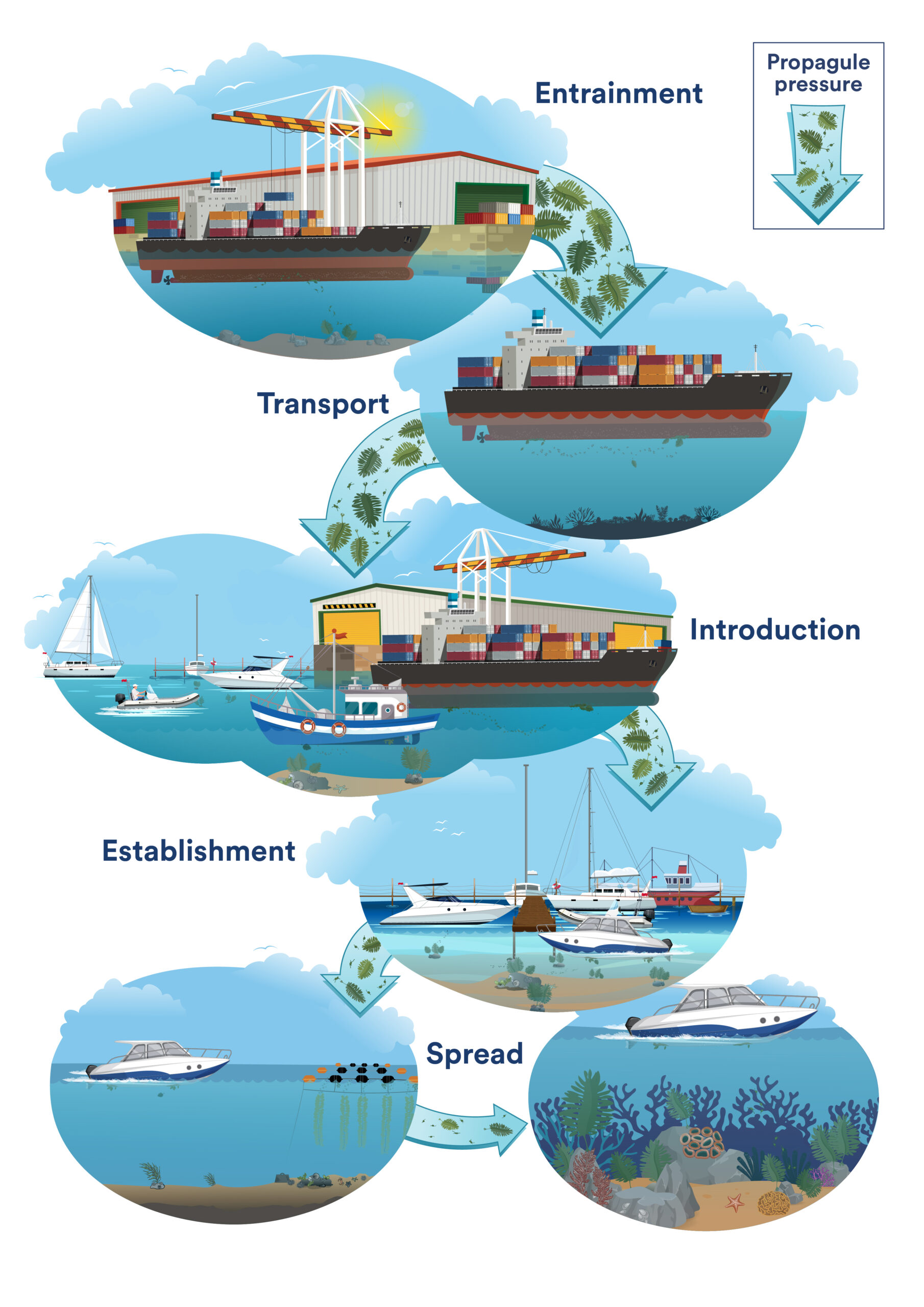
[…] integrate this knowledge into schools’ curriculum. This vision was initiated last year with partner science teachers from Nelson College and Nelson College for Girls to explore how best to introduce research […]